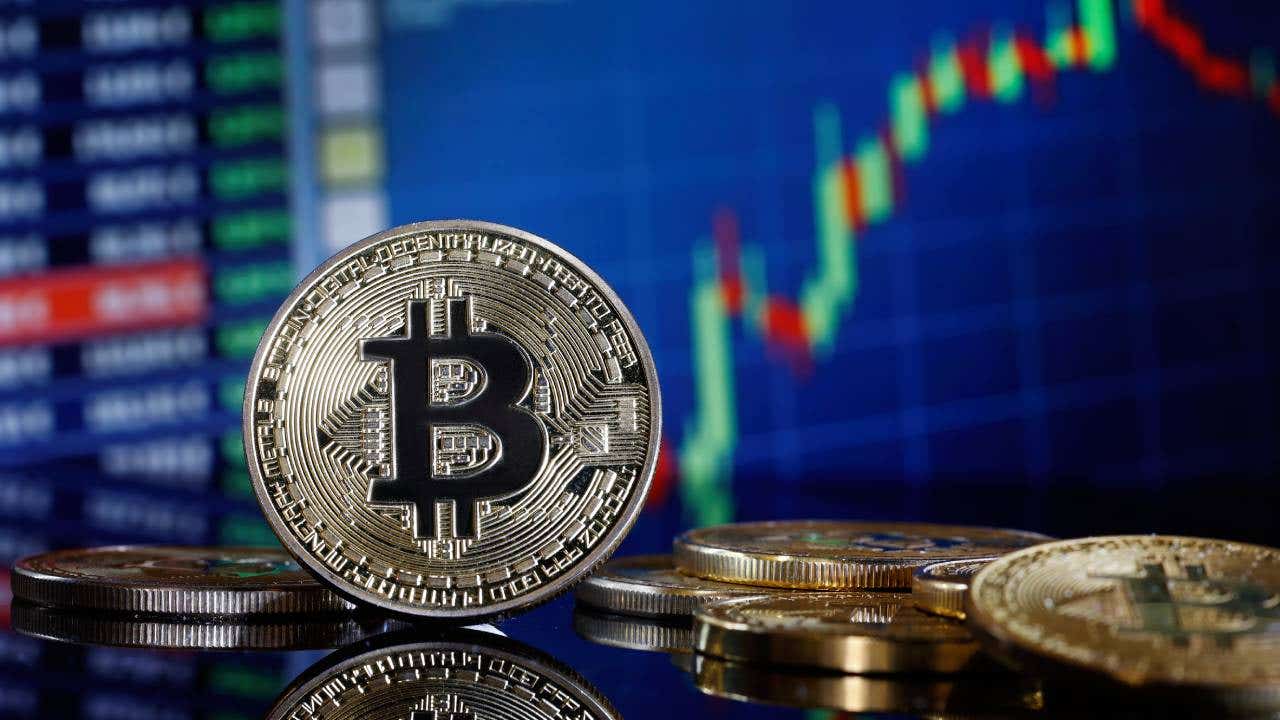Bitcoin Price: What Drives It, Why It Matters, and Where It’s Going

Bitcoin (BTC), the world’s first and most well-known cryptocurrency, has become a global financial phenomenon. From being virtually worthless in 2009 to reaching over $70,000 in recent years, Bitcoin’s price has sparked fascination, fear, and fortune. But what exactly determines the price of Bitcoin? Why is it so volatile? And what should you consider before diving into the crypto world?
This article explores the Bitcoin price, its historical journey, the factors that influence it, and what it means for investors and the future of finance.
📈 A Brief History of Bitcoin Price
Bitcoin’s price history is a rollercoaster that reflects changing public perception, technological adoption, and macroeconomic trends.
| Year | Price Highlights | Major Events |
| 2009 | $0.00 | Bitcoin launched by Satoshi Nakamoto |
| 2011 | $1 – $30 | First price spike and crash |
| 2013 | ~$1,000 | First major bull run |
| 2017 | ~$20,000 | Crypto mania and ICO boom |
| 2018 | ~$3,000 | Major correction |
| 2021 | ~$69,000 | All-time high, institutional entry |
| 2022 | ~$16,000 | Market crash, FTX collapse |
| 2024–2025 | $30,000–$70,000+ | Recovery, ETF approvals, growing adoption |
This journey shows both the potential and the risk of investing in Bitcoin.
🔍 What Influences the Bitcoin Price?
The price of Bitcoin isn’t controlled by any government or central authority. Instead, it’s shaped by a combination of factors:
1. Supply and Demand
Bitcoin has a maximum supply of 21 million coins, making it a deflationary asset. As demand increases and supply remains limited, prices tend to rise.
2. Market Sentiment
Investor psychology and public perception play a huge role. Positive news (e.g., institutional investment, legal adoption) can drive prices up, while negative events (e.g., regulatory crackdowns, exchange hacks) can cause panic selling.
3. Macroeconomic Conditions
Global inflation, interest rates, and economic uncertainty influence Bitcoin’s attractiveness as a hedge or speculative asset.
4. Regulatory Developments
Government policies and regulations can either boost confidence in Bitcoin or create fear in the market, directly impacting its price.
5. Halving Events
Approximately every four years, Bitcoin’s mining reward is halved, reducing the rate of new supply. Historically, these halving events have preceded major price rallies.
📊 Why Bitcoin Price Is So Volatile
Volatility is one of the defining features of Bitcoin. Prices can swing 10–20% in a single day. The main reasons for this include:
- Speculation: A large portion of Bitcoin trading is driven by short-term traders looking to profit from price movements.
- Limited Liquidity: Compared to traditional markets, crypto is still relatively small, which means large orders can have big price impacts.
- News Sensitivity: Rumors, tweets, and breaking news often cause exaggerated reactions in the market.
- Lack of Regulation: The absence of strict oversight allows for manipulation and extreme price shifts.
While this volatility can create opportunities, it also presents significant risks, especially for new investors.
🌍 Why Bitcoin Price Matters
The Bitcoin price is not just a number—it’s a barometer of the broader crypto economy and a signal of shifting trust in traditional financial systems. Here’s why it matters:
- For Investors: Price determines profitability and risk.
- For Businesses: Affects decisions to accept BTC as payment.
- For Governments: High prices demand regulation and scrutiny.
- For the Public: Rising prices fuel adoption and awareness.
Bitcoin’s price also influences the broader cryptocurrency market. Often, when Bitcoin rises, other altcoins follow suit.
🔮 What’s Next for Bitcoin?
While no one can predict Bitcoin’s future price with certainty, several trends are shaping its trajectory:
- Growing institutional adoption through Bitcoin ETFs and custody solutions.
- Greater regulatory clarity in countries like the U.S., UK, and EU.
- Technological improvements such as the Lightning Network for faster, cheaper transactions.
- Mainstream integration with payment processors, banks, and financial apps.
Some analysts believe Bitcoin could reach six-figure prices in the coming years, while others warn of potential crashes. Regardless, Bitcoin’s journey is far from over.
✅ Conclusion
The Bitcoin price reflects far more than just market numbers—it captures the pulse of a rapidly evolving financial ecosystem. Driven by scarcity, demand, innovation, and sentiment, Bitcoin continues to challenge traditional ideas of money and value.
Whether you’re a long-term believer, a short-term trader, or just curious, understanding what drives Bitcoin’s price is essential. It empowers you to make informed decisions and appreciate the broader impact of cryptocurrency in the modern world.
❓ FAQs: Bitcoin Price
1. What was Bitcoin’s highest price ever?
As of now, Bitcoin’s all-time high was around $69,000, reached in November 2021.
2. Why does Bitcoin price change so much?
Bitcoin is volatile due to speculative trading, limited supply, market sentiment, and a lack of centralized control. News and social media also amplify price movements.
3. Can Bitcoin’s price go to zero?
While unlikely due to its global adoption and limited supply, Bitcoin’s price could drop significantly during market crashes. However, complete collapse would require loss of confidence and utility.
4. Is it too late to invest in Bitcoin?
Not necessarily. While early adopters saw massive gains, many still see long-term potential. Like any investment, it’s important to do research and assess risk tolerance.
5. Where can I check live Bitcoin prices?
Trusted platforms include CoinMarketCap, CoinGecko, and crypto exchanges like Coinbase, Binance, and Kraken.

Basanti Brahmbhatt
Basanti Brahmbhatt is the founder of Shayaristan.net, a platform dedicated to fresh and heartfelt Hindi Shayari. With a passion for poetry and creativity, I curates soulful verses paired with beautiful images to inspire readers. Connect with me for the latest Shayari and poetic expressions.
